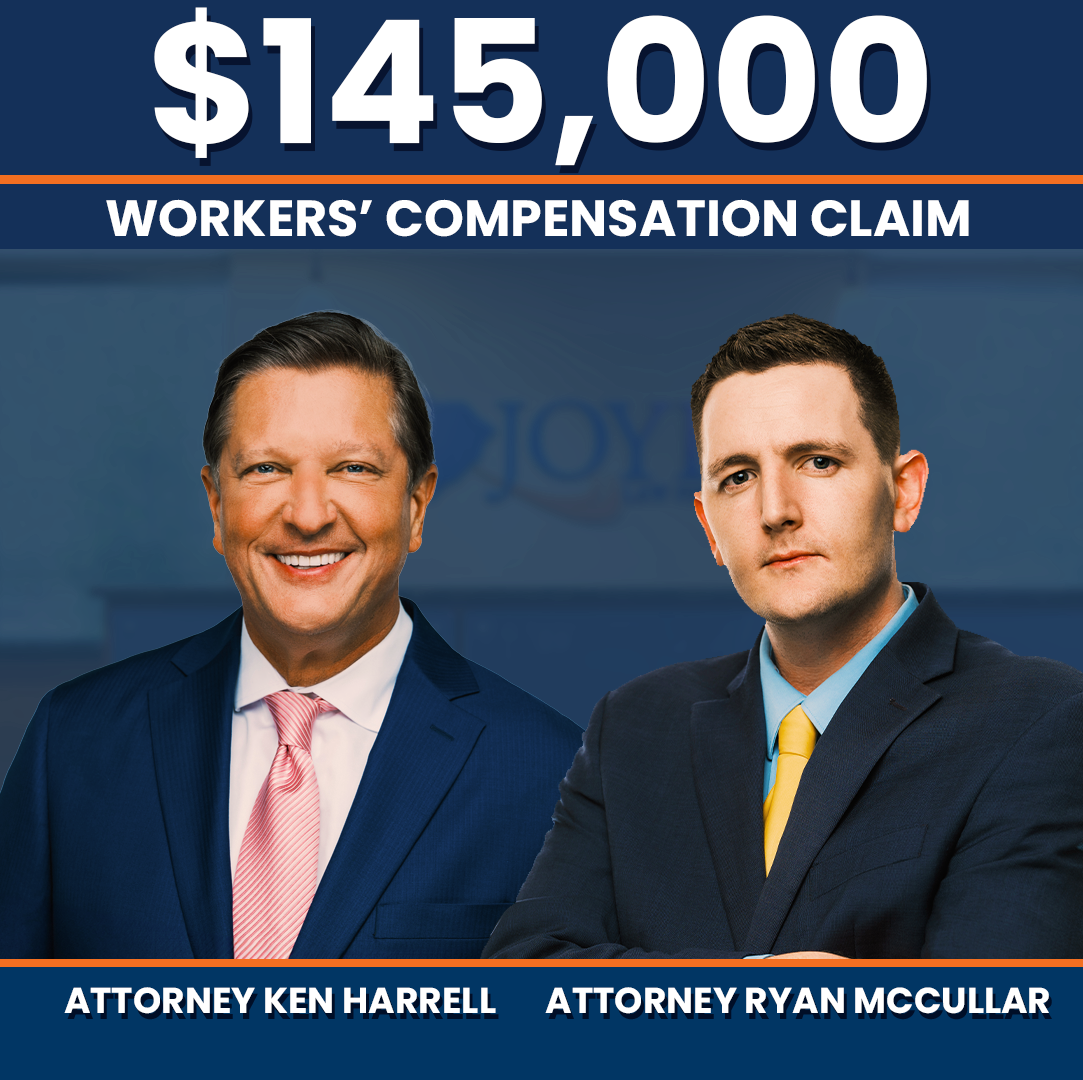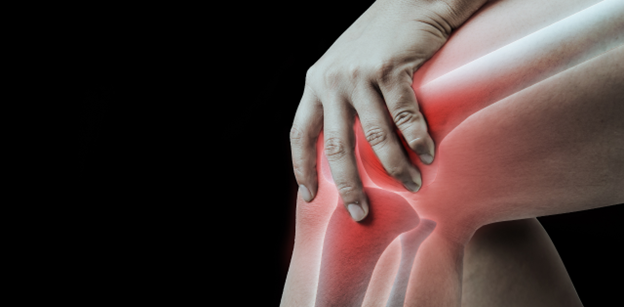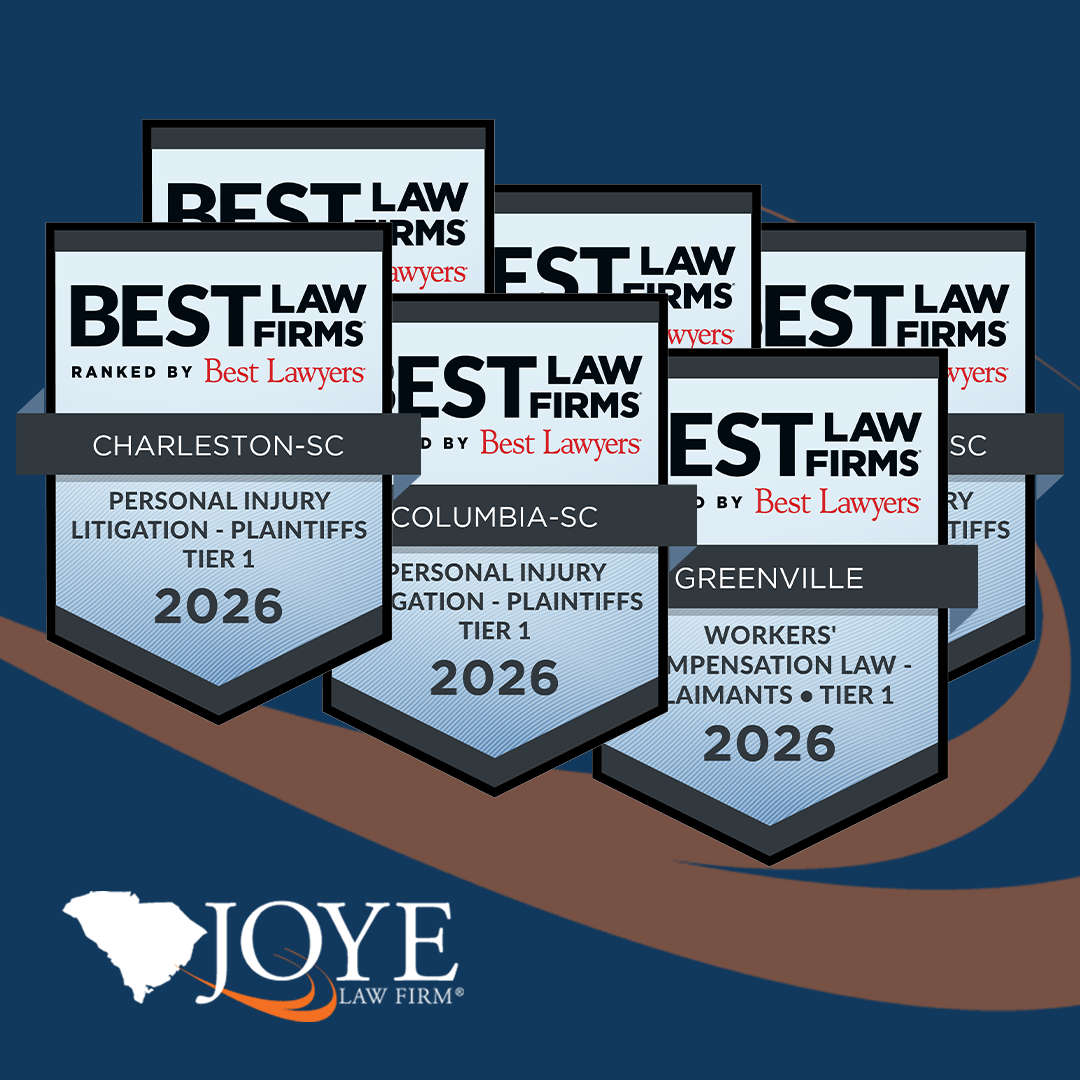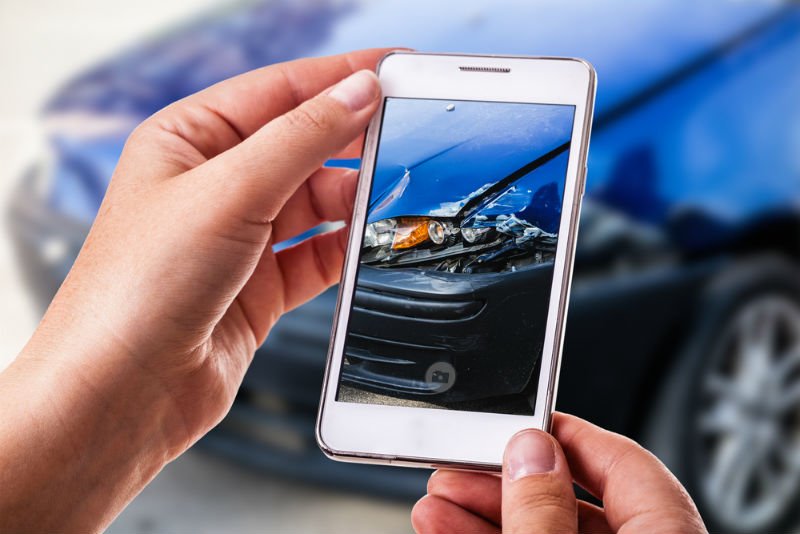
When you are involved in a car accident, thinking about all of the important steps that you need to take is probably the furthest thing from your mind. Instead, it is likely that you are nervous, panicked, and upset about what is happening. Your first concern is whether you are injured and what to do next.
While it can be hard to remember in the midst of the chaos, if you are able, taking pictures immediately after a car accident can be a vital part of recovering damages in an injury claim. For help gathering or using photo evidence, our South Carolina car accident attorneys at Joye Law Firm can help.
Why Pictures are so Important
Taking pictures is one of the most important things that you can do after your car accident. Here’s why:
Pictures Can Prove Physical Damage to Vehicles
One reason that taking pictures after an accident is important is to demonstrate the extent of damage that a vehicle has suffered. If you do not take pictures immediately after your accident — and ensure that they are dated as such — an insurance adjuster may raise questions about whether certain damage to the vehicle was related to the crash or another incident.
Taking Pictures Can Show Causation
Another reason that taking pictures is important is that taking pictures can oftentimes demonstrate causation for an accident. For example, skid marks on a road could show that a vehicle was traveling too fast at the time of accident, potentially leading to the accident. Or, damage to the side of a vehicle could show a point of collision, which could help answer questions about how the accident occurred.
Photos Provide Evidence of Injuries
In addition to documenting damage to your vehicle or debris and conditions surrounding the accident, you should also take pictures of your own injuries. This includes any lacerations, bruises, breaks, contusions, etc. that you may have. Taking photos of your injuries can show the extent of injuries that you have suffered. During the recovery process, continue to take photos.
What Should I Take Pictures Of?
Following a car accident, you should take pictures of as many things related to the accident as possible. This includes, but is not limited to:
- Any debris on the road after the accident.
- Any marks on the road, such as skid marks.
- Damage to all vehicles involved in the accident.
- Damage to other property (e.g. damage to a sign that was hit).
- The inside of your car (to show airbag deployment, broken glass/dash, etc.).
- Your injuries.
- Witnesses to the scene and the other driver and passengers involved.
- Traffic signs in the area.
- Anything else that you think could be useful in filing a claim for damages.
Taking Car Accident Photos
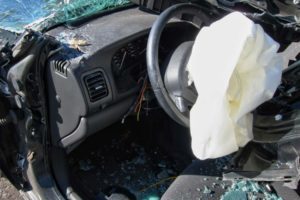
Just snapping a shot or two may not be enough to capture the right evidence that can be used when trying to recover compensation for injuries and damages. Instead, make sure you take effective car accident photos. Tips for taking car accident scene photos include:
- Taking multiple photos of the same thing. You may think that you have captured the shot. However, the more photos you take, the better. Try to take multiple photos of the same thing. Your goal should be to take as many relevant photos as possible.
- Take photos from different angles. Do not just capture the photo of your smashed-in door from the right side – why not capture it from the left, too? The more photos from multiple angles that you have, the more accurate picture you will be able to paint in terms of who was at fault and how the accident happened.
- Get specific in your photos. Do not limit yourself to the general scene. Take photos of anything else that could be useful in filing a claim for damages. This includes photos of traffic light indicators, weather conditions, photos that show the time and date of the accident, and photographs of responding police officers or emergency responders.
When is the Best Time to Take Photos After a Car Accident?
The best time to take photos after a car accident is as soon as possible. If you have not suffered severe injuries and are in a safe location, use the time while you are waiting for the police to show up to fill your camera roll. If you have suffered serious injuries and are unable to take photos at the time that the accident first happens, that is totally understandable. As soon as you are able, ask a friend to take photos for you. Or, contact an attorney who can gather evidence and take photos on your behalf.
If you wait too long to take photos, the evidence may change or be altered, and will therefore no longer be accurate. For example, roadside debris is usually cleaned up in a timely manner, and skid marks on a road may be cleaned off or fade with time.
In some cases, third parties may have also captured video or photographic evidence of the accident. For example, a nearby store may have a camera that caught footage of the accident or another driver may have caught the crash on a dash cam. An attorney can help you to obtain this footage.
Preserve Your Evidence and Get Organized
Once you have collected a sufficient amount of photographic evidence, you will need to make sure that your evidence is preserved and that it is organized appropriately to help you build your car accident case. If you believe that photographic evidence was captured by a third party, an attorney can draft and send a spoliation-of-evidence letter on your behalf, which reminds the third party of the duty to preserve the evidence.
Make sure you take good care of your photos, and make digital copies in case one set is lost or destroyed. If you have not already reached out to a lawyer at this point, now is the time to do just that.
A South Carolina Car Accident Attorney Can Help You
To assist you in taking car accident photos, gathering other relevant evidence, preserving evidence, and building your case, you need to reach out to an experienced South Carolina car accident attorney today. At Joye Law Firm, we are prepared to help you compile the evidence necessary to file a personal injury lawsuit in South Carolina. You can contact us online or by phone.




